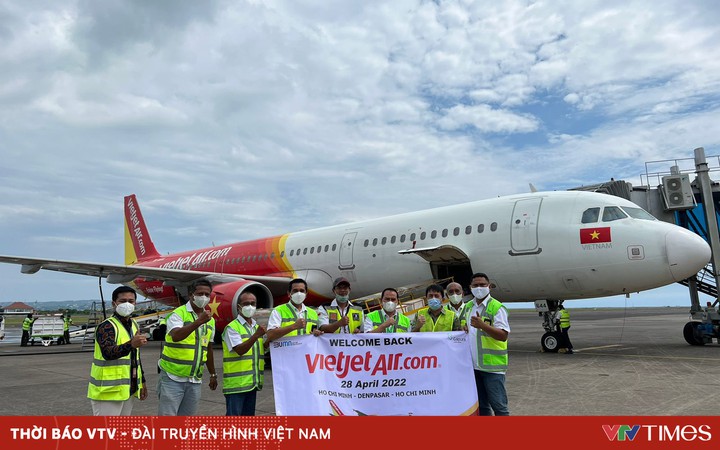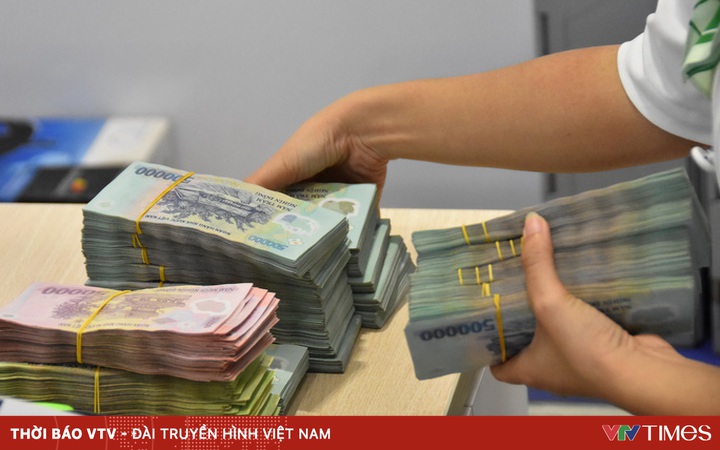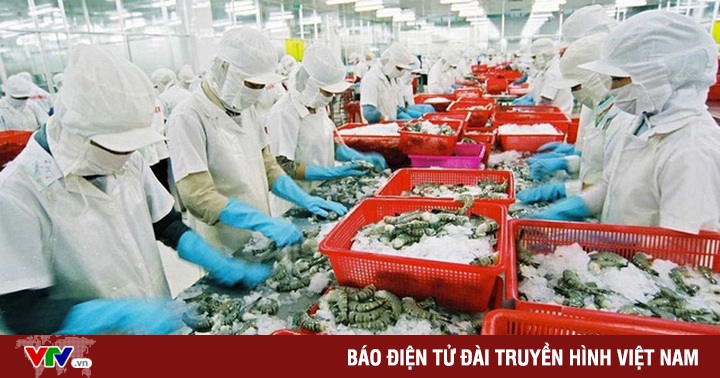Many workers who have returned home have not returned to the factory
Rare labor
Therefore, many factories can only operate at about 60-80% of capacity. Recruiting new workers faces many difficulties, especially for investment projects to expand production.
Compared to this time in 2021, the factory has nearly halved its employees, leaving only 1,000 people working. Orders are high, the epidemic has not shown signs of abating, workers have to rest and isolate a lot, pushing struggling businesses into even more difficult situations. The factory also cannot work overtime because it has to ensure the health of workers.
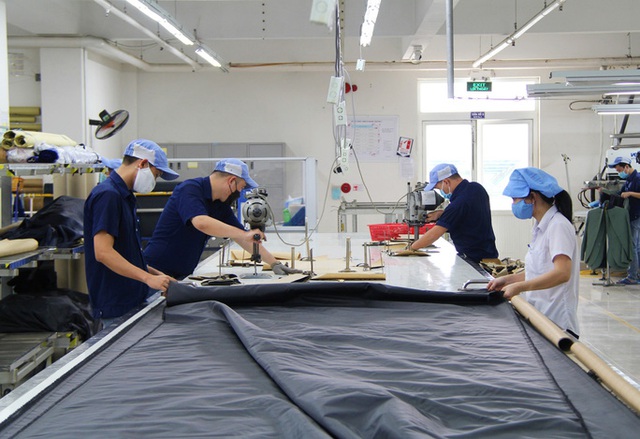
Many companies are having difficulty recruiting new workers. (Illustration image – Photo: Labor)
“The epidemic has affected recruitment. Due to the increasingly serious epidemic situation, people from other provinces come to Bac Ninh to find jobs less and less. Workers and employees are also less and less able to apply for jobs. recruiting people,” said Mr. Chen Tse Ming, General Director of Johnson Health Technology Co., Ltd.
The recruitment department constantly calls former workers who are in remote provinces to return to work. The factory plans from now to the end of June to recruit enough workers equal to the time before the outbreak of the disease, but in reality, it is not known whether it will be achieved or not.
Anyone who comes can be accepted, not counting the probationary period, but signing an official contract right away, hiring people over the age of 45… are unprecedented policies in recruiting workers in factories before. However, the number of factories recruited in recent days is still quite small.
“When workers come to our company for an interview, we support travel and food costs, which are very difficult. For technical positions, it is even more difficult due to high skill requirements, but now COVID-19 is affecting a lot. We hope to have policies to support businesses and at the same time support employees,” said Ms. Nguyen Thi Hang, Head of Human Resources Administration, Johnson Technology Co., Ltd. Health, share.
“The competition for newly recruited labor resources is not only in Bac Ninh, between businesses, between these localities and other localities, because industrial park activities in the region are developing strongly. , that is also a painful problem,” said Mr. Nguyen Van Phuc, Head of the Management Board of Bac Ninh Industrial Parks.
With the current recruitment situation, without the strong impact of supportive policies from the State, I am afraid that the goal of increasing factory capacity like before the epidemic and 10% growth by the end of the year will be difficult to achieve. .
Rural workers do not want to return to factories yet
According to statistics of the Ministry of Labor, War Invalids and Social Affairs, officially insured workers have decreased by 1 million people compared to 2019. The ministry is also aiming to attract this number of workers from the informal sector. entered the official sector in June this year.
For more than 1 year, Mr. Hieu (Tuyen Quang) has just stayed at home to help his mother with the sales work. The income from this job is low and not as stable as working in a factory, but he has not yet decided to return to his old job.
After 5 years of working with the industrial park, since returning to her hometown to farm and raise livestock, the income of Ms. Du (Tuyen Quang) has decreased markedly. Previously, each month, he and she saved about 8 million, now at home, it’s almost just enough for daily clothing, but no accumulation.
“Every day work is always hands and feet. It’s more difficult at home, all jobs are nameless. I also want to continue working,” said Ms. Nong Thi Du, Tuyen Quang.
In the communes of Yen Son district, Tuyen Quang province, many workers are still staying at home for fear of disease. This also puts pressure on the locality because the number of jobs in the province is not enough. Many communes have mobilized their children to return to the factory.
“Propaganda and mobilize these workers to join the new company, as well as the workers who have left the company to return to work, increase income for their families, ensure better economic conditions”, Mr. Ha Xuan Tiep , Chairman of the People’s Committee of Tu District Commune, Yen Son, Tuyen Quang, said.
With 30% of employees still at home after the epidemic break, Tuyen Quang is trying to promote the connection of supply and demand to create jobs for workers who want to stay and encourage those who intend to return to the cities to work again. .
“Now we want to encourage the number of workers who have jobs but not regularly, ie have but have a low income, or work in agriculture, work in businesses, industrial parks, so that their income level is not high. higher,” said Director of Tuyen Quang Employment Service Center Nguyen Duc Chinh.
The job demand of employees is still very high, but it is necessary to have motivation to overcome anxiety when returning to work. Only then will the goal of production recovery and economic development be achieved.
Promoting workers to return to work
Why do returning home workers not go to work as soon as the factory reopens? What do they live on? In fact, the laborers who have returned to the locality and still stay until this point, most of them have a good average economy or higher, and still have accumulated money. Therefore, they are just waiting for the epidemic to subside, the labor market is more stable to continue working, few people want to stay because the local income level does not match their needs.
More than a year after returning from a job at a factory in Bac Giang, Giap (Tuyen Quang) only stayed at home to help his mother with the fields and gardens. Many people urged him to receive social insurance once, but he did not receive it because he still wanted to continue working.
“Due to the stressful COVID-19 epidemic, I don’t have the need to go back to work. Human resources still call me down to work,” said Mr. Trieu Van Giap, Chan Son, Yen Son, Tuyen Quang.
Not only is the fear of the epidemic, but now many workers have another worry that the rent in cities and industrial zones has increased much compared to the previous year. If they return to work, it is not known if their income will be enough to cover these costs.
As Mr. Giap said, if he receives support in the near future, he will return to his old job. This is also the desire of many workers in industrial zones.
In the near future, the Government will have a policy to support workers from the provinces to work in factories, industrial parks and export processing zones.
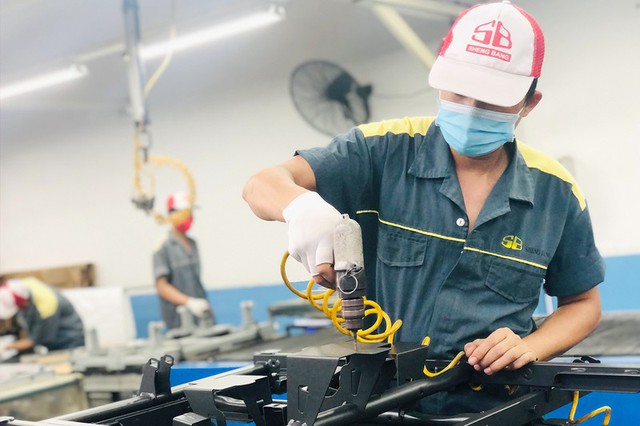
(Illustration – Photo: PLO)
“The National Assembly and the Government allow 6,600 billion, the method is to support workers but through businesses to pull workers back. The view is that this support package helps to activate the labor market more strongly. Those who are working in enterprises and those who have just entered the labor market are also supported, to both help people working at enterprises maintain jobs, reduce difficulties… With synchronous support, the labor market will surely recover sustainably,” said Mr. Vu Trong Binh, director of the Employment Department, Ministry of Labor, Invalids and Social Affairs.
It will be difficult for the country’s economy to recover if factories lack workers, so it is hoped that supportive policies will soon be implemented so that production lines have enough human resources to operate. It not only brings income to workers and factories, but also creates more impetus for domestic production to catch up with the recovery.
* Invite readers to watch programs broadcast by Vietnam Television on TV Online and VTVGo!
at Blogtuan.info – Source: vtv.vn – Read the original article here

